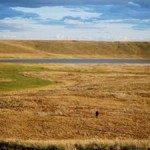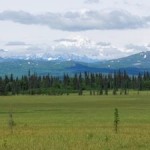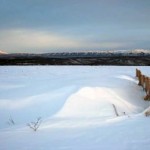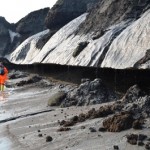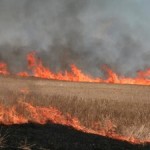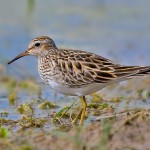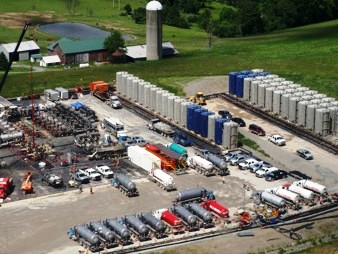One reason scientists are so interested in all of this is that the thawing of Arctic permafrost creates the potential for what’s called a positive feedback loop: As the Earth warms due to the human-caused release of heat-trapping gases, frozen soils thaw and release carbon dioxide. The added carbon dioxide accelerates Earth’s warming, which speeds the thawing of Arctic soils and releases even more carbon dioxide.
Understanding how permafrost carbon is converted into carbon dioxide and incorporating photochemical processing into climate models “is critical for predictions of how the Arctic C [carbon] cycle will respond to and perhaps amplify climate change,” the authors of the Science paper conclude.
In addition to Cory and Kling, authors of the Science paper are Collin Ward, a U-M graduate student in the Department of Earth and Environmental Sciences, and Byron Crump of Oregon State University. The research was supported by several grants from the National Science Foundation (NSF).
Details of the Study:
Sunlight Controls Water Column Processing of Carbon in Arctic Fresh Waters
Rose M. Cory, Collin P. Ward, Byron C. Crump, and George W. Kling
Science 22 August 2014: 345 (6199), 925-928. [DOI:10.1126/science.1253119]
Source: University of Michigan.

